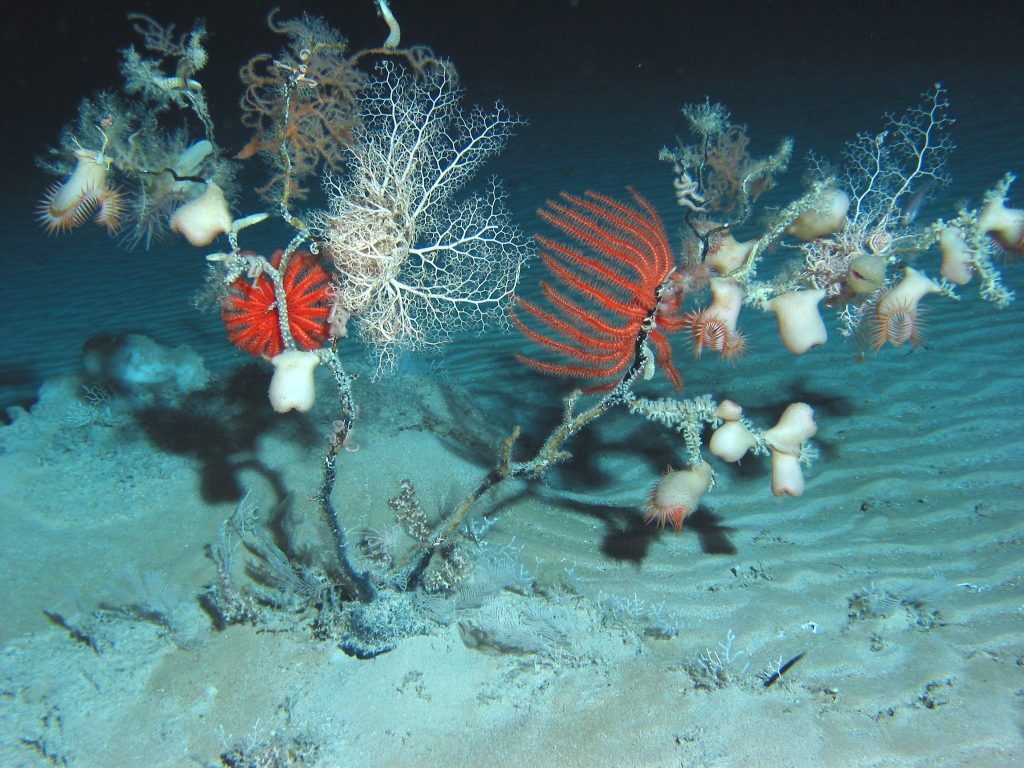Hidden beneath Earth’s surface, is a vast biodiversity of invertebrate animals. These animals are small and have unique adaptations that allow them to live in perpetual darkness. Subterranean animals can move through small crevices, caves, or the depths of entire groundwater systems. Among the different invertebrate groups inhabiting groundwater environments in North America are freshwater snails. Nearly 40 species have been discovered underground and nowhere else.
As currently understood, most of the snails living underground have highly restricted distributions, including twelve species each known from a single location. These snails are restricted to living in underground environments, and biologists have great difficulty studying them and identifying the various threats they may face. Unfortunately, the changes we make to the surface also directly impact aspects of underground ecosystems like groundwater quality. As such, without a greater study of these snails, we may lose these species without ever learning about or even discovering them.
To raise awareness about these unique and neglected snails hidden beneath our feet, we set out to conduct a formal literature review to highlight their biodiversity and conservation needs. We also wanted to provide conservationists with updated information about the status of each species and the research needed to ensure their protection.

Our review of all past studies shows that, compared to other invertebrates that are restricted to groundwater, freshwater snails are among the most taxonomically diverse and widely distributed. Yet, compared to other small groundwater animals like crustaceans, there is no information about most species beyond initial discovery and description. Groundwater-restricted snails are geographically concentrated in several different ‘karst regions’ of the United States and Mexico. A karst region is characterized by the breakdown or dissolution of soluble rocks such as limestone, which can lead to the formation of crevices and later, entire cave systems. These types of rocks can continue to dissolve over millions of years, and karst regions often develop large underground passages which serve as huge groundwater reservoirs. No species is found in more than one karst region, and most genera are also restricted to only one of these regions.
Our review further shows that at least 82 percent of groundwater-restricted snail species in North America are at an increased risk of extinction. Unfortunately, conservation programs cannot be developed with such limited knowledge about the basic biology of these snails. This makes it difficult for conservation biologists to design plans to protect species because basic information about what any given species needs to survive is missing.
Currently, only three of these species are given protection by federal governments. Past research on one of these protected species—the Manitou Cavesnail (Antrobia culveri)—shows that direct population monitoring and ecological studies can help protect groundwater-restricted snails. Several studies of the Manitou Cavesnail have also shown that in order for the groundwater habitat to be protected, the entire aboveground watershed also needs to be protected.
For example, a large area surrounding the only known population of the Manitou Cavesnail was deforested, which indirectly led to increased sedimentation in groundwater. To help resolve this threat, conservationists replanted thousands of trees in the surrounding forest, which improved groundwater quality. This management strategy demonstrates that prioritizing the protection of these snails can also improve above-ground conditions for other animals.
Based on our review, we recommend beginning targeted research and monitoring efforts of species that lack baseline information like geographic distribution, reproduction, and population dynamics. The conservation community needs to prioritize studying species that we know little about. By doing so, extinctions can be prevented. Increased attention to the conservation of snails will also help with land surface management, and maintain or improve the health of groundwater, which is essential for drinking water and agriculture.
Disclaimer: The findings and conclusions in this article are those of the author and do not necessarily represent the views of the U.S. Fish and Wildlife Service.
Further reading
Gladstone, N. S., M. L. Niemiller, B. Hutchins, B. Schwartz, A. Czaja, M. E. Slay, and N. V. Whelan. 2021. Subterranean freshwater gastropod biodiversity and conservation in the United States and Mexico. Conservation Biology.






